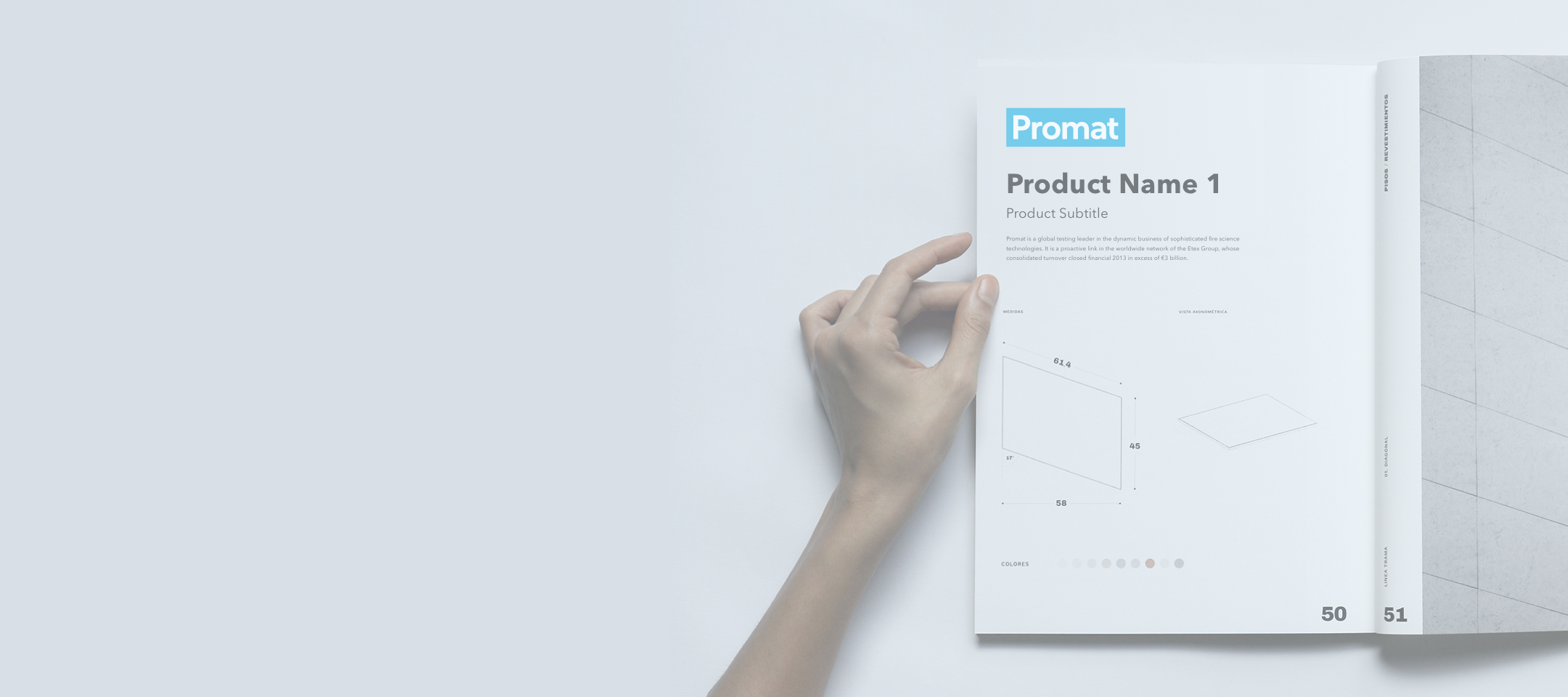
Selecting a fire protection system for steel structures is a complex issue that is best decided in the planning phase; thus problems that may prove unsolvable in the later phases of construction are prevented.
Without doubt, the general purpose of the building is one of the most important factors. For a shopping center or a similar kind of building, fire stopping paint will definitely be a better decision, fire stopping boards are more suitable if the concern is high resistance and aesthetics, whereas fire stopping sprays are a reasonable choice for rough, not very visible structures.
Basic information required is fire resistance class (R30, R60, R90, etc.), which presupposes the use of protection tested in accordance with EN standards and the standard fire curve, European technical guidelines ETAG 018 and is evaluated according to the group of standards EN 13381.

Environmental exposure of steel structures
An important consideration when selecting the fire protection of a steel structure is the environmental conditions to which the steel structure is exposed. Thus, it is necessary to know if internal, semi-exposed (various projecting roofs, etc.) or external application is being considered. Furthermore, it is also necessary to know if high humidity, a corrosive atmosphere or any other special conditions might occur. Regarding the usual paints or coatings, the fire resistance of the steel structure can be defined with the categories according to ISO 12944.
The problem in practice is that the corrosive categories according to ISO 12944 are not directly comparable with the categories which are valid within the group of European technical guidelines ETAG 018 for the systems of fire protection.

The manufacturers of fire stopping systems are obliged to perform testing according to the group of standards EN 13381 and may demonstrate the use category according to ETAG 018; as regards the anti-corrosion coatings, the steel structures are usually defined according to ISO 12944. This can cause considerable problems in practice. Additional testing in order to determine the comparability of both categories is required, which may be indicated by the manufacturer in the ETA report.
Critical temperature of steel structures
The next thing to bear in mind is the critical temperature of the steel structure or individual beam. The critical temperature is the one at which the specific steel structure or individual element loses its load-bearing capacity at a specific load. This value shall be calculated by the designer by using Eurocodes and usually ranges between 500 °C and 550 °C, but this is not necessarily so in all cases. The higher the critical temperature, the less fire protection the structure requires and vice versa. Structures with thin-walled profiles of category 4 may be especially problematic and automatically fall to the critical temperature of 350 °C if their critical temperature is not calculated separately. Designers of steel structures should define in their documentation the critical temperature for the entire structure, and optionally also for each individual element of the structure. Significant limitations to the decision about which system to use may also be the weight of fire protection, aesthetics, humidity, mechanical resistance, requirement on incombustibility A1, dry installation, small profile dimensions (category 4), low temperatures and time needed for installation. Table 3 provides assistance for selection.


To determine the required fire protection thickness, it is necessary to provide a detailed description of steel profile types which helps calculate the section factor. The majority of steel profiles are standardised; the profile types and their lengths should be indicated in the project documentation. Section factor Ap/V is defined as the ratio between the perimeter of the profile exposed to fire and the section of the profile. It depends on profile geometry, profile wall thickness and type of protection. The section factor for boards is calculated as the ratio between the integral envelope and the section of the profile. If the particular side of profiles is protected with the basic structure, as is the case with composite ceilings, this should be indicated in the documentation as it influences the calculation of the section factor. In that case, three-sided rather than four-sided protection is the focus. In clear conditions, the quantity of fire protection can be lower in this way.

The unit for the section factor is m-1. The thinner the profile, the higher the section factor and the more quickly the profile is heated. To clarify: For higher section factors, a higher thickness of fire protection is required whereas for lower section factors less protection is required, on condition that beams with the same critical temperature are compared.
To summarize, to determine the thickness of any system for the fire protection of steel structures, critical temperature and section factor both have decisive roles. The manufacturers of protection have tables for each of their products which, for a particular level of fire protection, indicate thickness depending on the critical temperature and section factor. However, it is necessary to ensure that the system is tested in accordance with EN 13381 and classified in accordance with EN 13501 as there are still products available on the market which do not correspond to the criteria and represent, because of their easier testing conditions, unfair competition and danger in the case of a real fire.

Think ahead
The decision when selecting the system of fire protection of a steel structure is thus complex, so it is best to decide already in the planning phase as later unsolvable problems may occur. The best solution is always when the investor, architect, designer of the steel structure and designer of fire safety together with the experts for protection systems already in an early stage come to an agreement on the solution as in this way they can cut costs and facilitate implementation.

